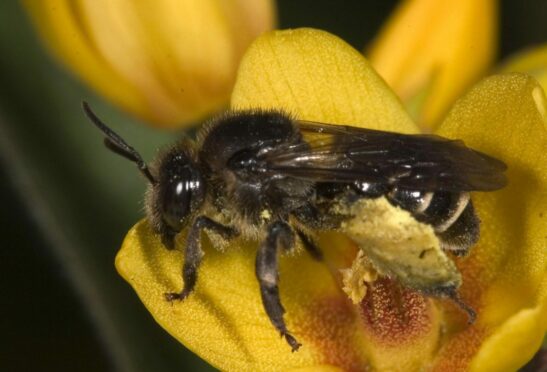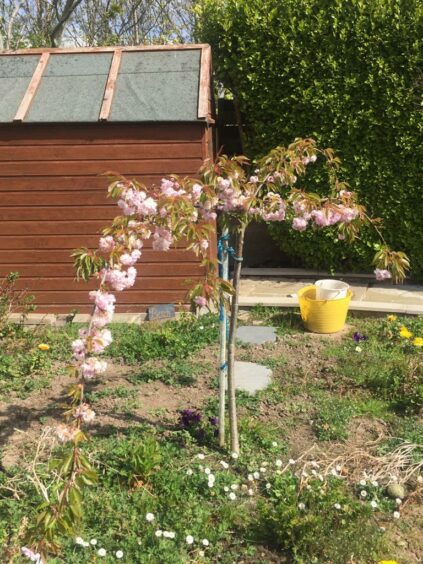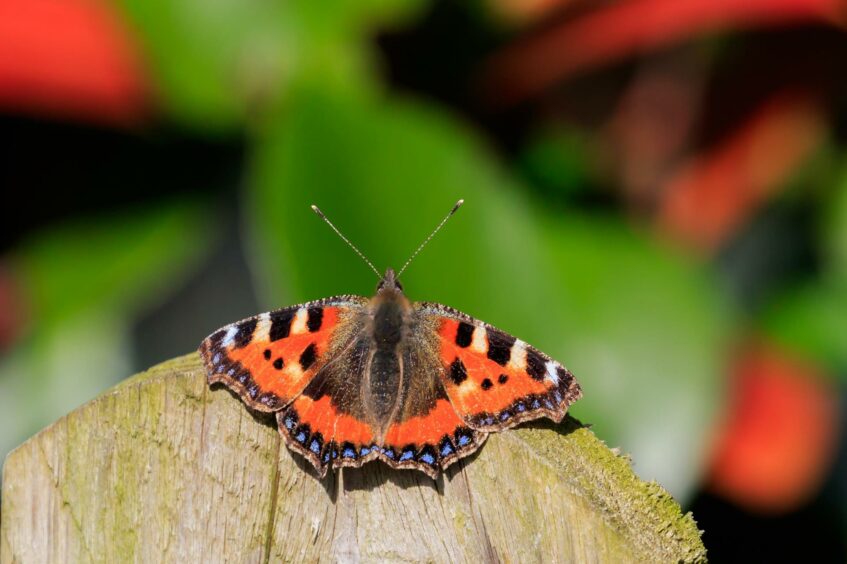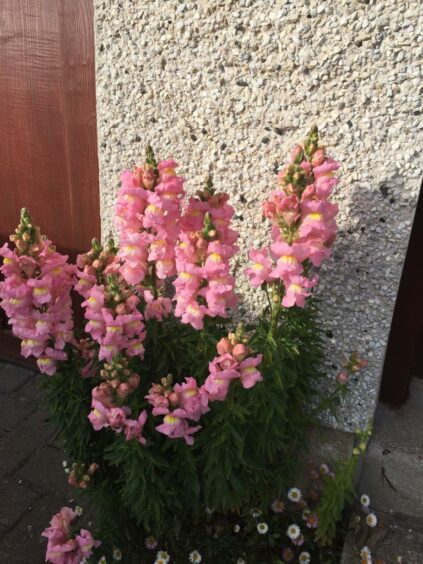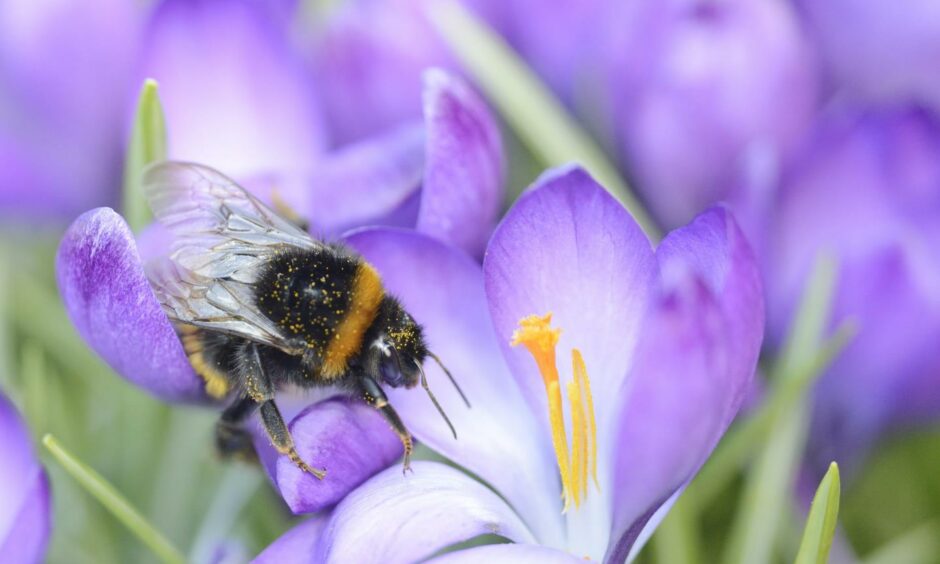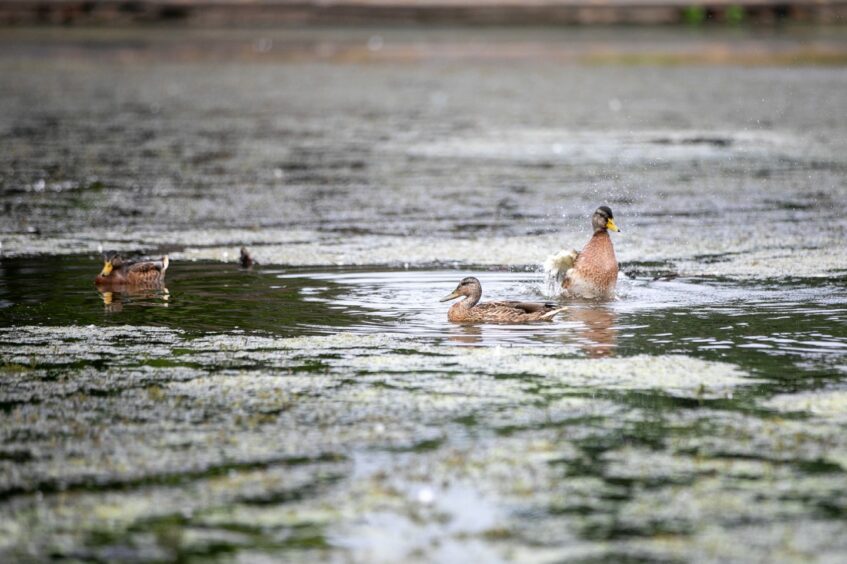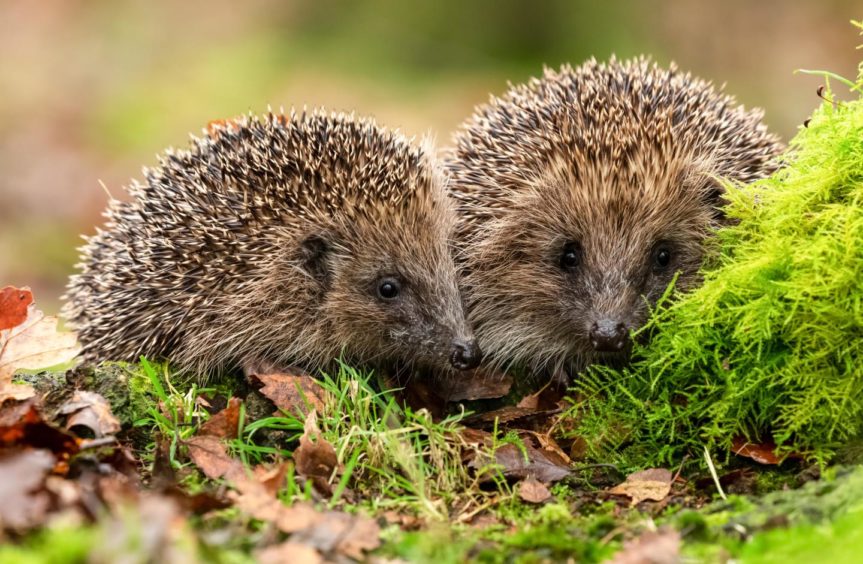Eileen Masson had always been a keen gardener and used to love to grow her perfectly ordered rows of plants and neatly manicured grass.
Spending time in the well-kept garden of her home in Fraserburgh was one of her favourite small pleasures, and keeping on top of the weeds was important.
Or so she thought, until an episode of Springwatch changed her understanding of gardening completely.
The 2019 series of the BBC show began singing the praises of a “wild” garden, and showed how a neat, orderly garden was doing no favours for the environment.
After decades of carefully organised gardening, Eileen decided to rebel.
It was time to rewild.
What is rewilding, and what are the benefits?
Rewilding is defined as the restoration of ecosystems to a point where nature takes care of itself, without the need for direct human control.
Loss of habitat is a key driver of the decline in biodiversity across the UK, but you can take action in your own back yard to help reverse this trend.
By rewilding your garden you can help increase biodiversity in your area by offering struggling insect, plant and mammal populations new habitats suited to their needs.
“In a rewilded garden there is an abundance of insects, everything from butterflies to bees and it is lovely to just sit and watch,” Eileen said.
‘Embrace the mess’
Typically we think of wild, untrimmed gardens as being messy or uncared for, but Eileen argues that we should learn to embrace the chaos.
Eileen said: “Gardeners have had it ingrained in them to get rid of every weed and separate rows of flowers and plants, but you need to let the garden go its natural way.
“Snap dragon plants grew at the front of the garden due to birds dropping seeds, and Buddleia bushes have also grown without being planted.
“It’s an example of how initial rewilding efforts can lead to other plants growing naturally without any human input.
“Just let nature take its course.”
Key rewilding tips for Scottish gardeners
According to Richard Bunting from Rewilding Britain, there are a few easy ways to start rewilding your own garden.
Here are some of his top tips.
- Plant nectar rich plants and shrub such as stonecups and lavender which will help bee populations. You can buy bee bomb packs of seeds which contain nectar rich plants. Also you could build a bee hotel.
- Use natural solutions to weeds. Ground cover plants such as Lady’s Mantle and Bugle to name a few, will help deal with weeds. Herbicides and pesticides should be used as a last resort.
- Ponds are great for wildlife. Mr Bunting said: “Water is pound for pound the most wildlife rich habitats we’ve got”.
- Do not mow dandelions as they are a crucial source of food for pollinators and support over 50 species of insects.
- Create holes in your garden fence to allow hedgehogs to roam around. Hedgehogs travel between 1-2km each night. For more tips on how to make your garden hedgehog friendly check out Hedgehog Street.
Richard said: “People should avoid using peat moss in their garden as peat bogs are one of the world’s best carbon sinks and (it) is also good for biodiversity. 80% of Scotland’s peat bogs are degraded and are actually releasing carbon into the atmosphere”.
Grass of varying lengths is also great for biodiversity. Even if you do not have a garden you could use a window box to plant flowers.
This will also help local wildlife as bees can only fly for up to 40 minutes before needing to eat again.
Richard added: “One of the things that is really empowering about rewilding is that you can make a positive change to the environment today”.
